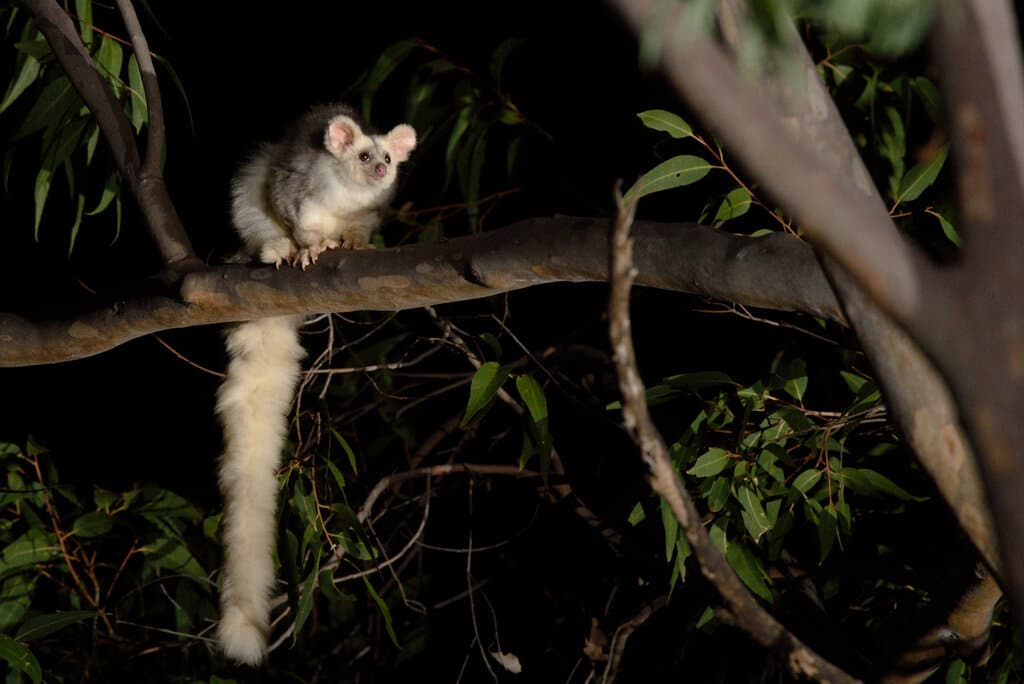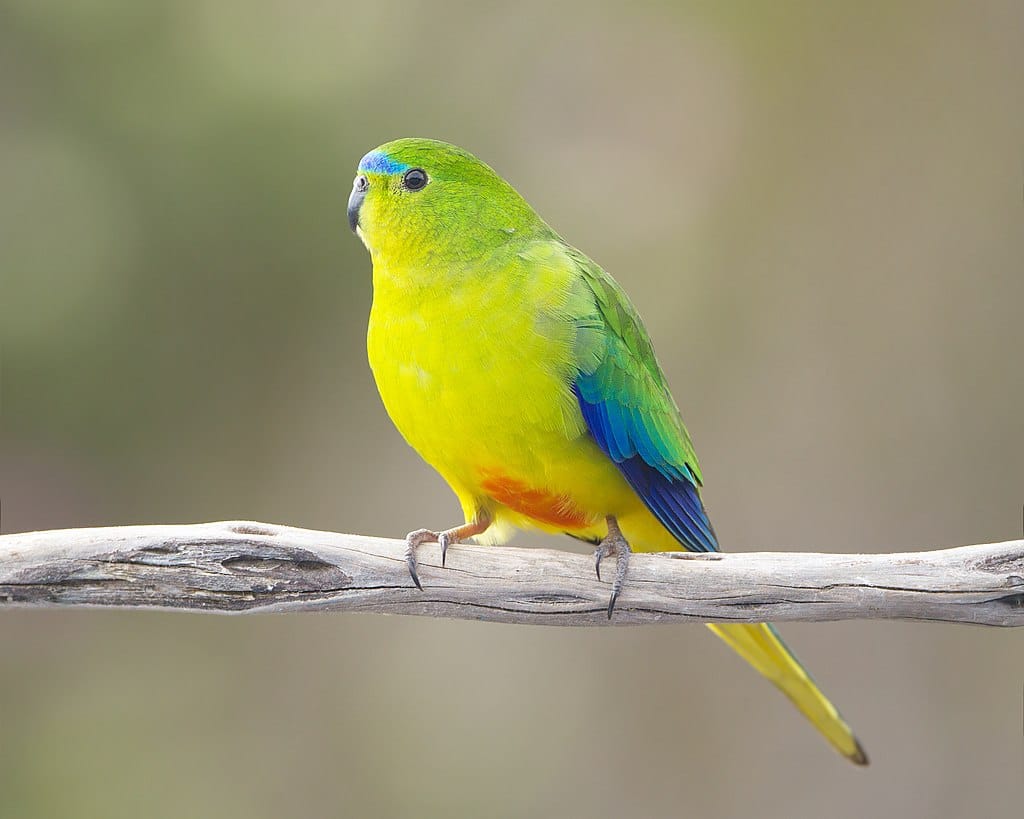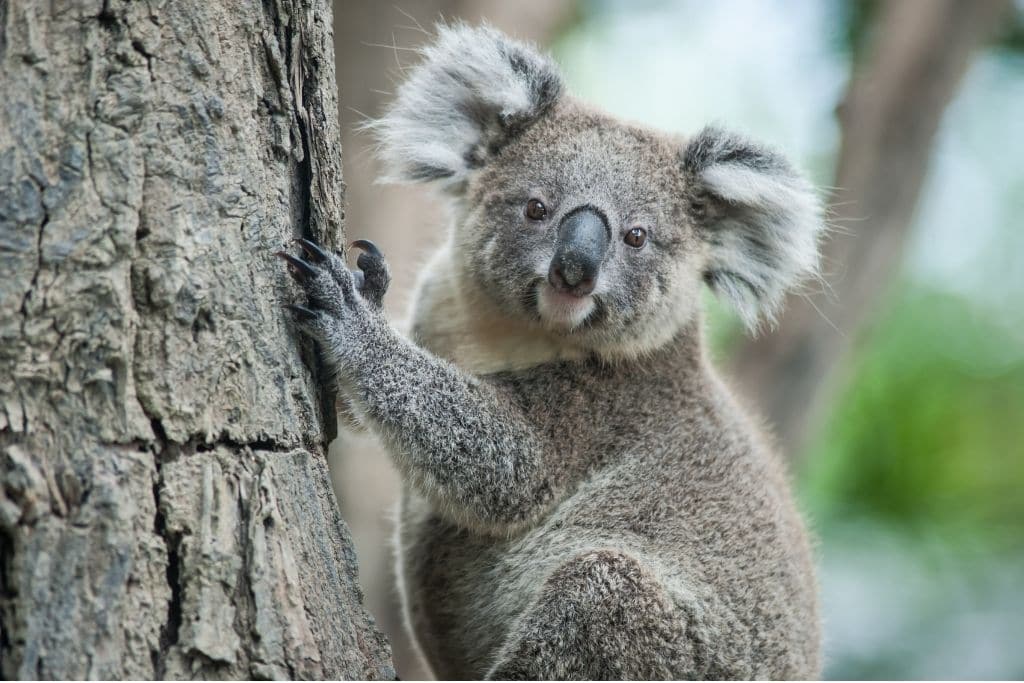Australia is home to some of the world’s most unique and rare animal species. However, since European settlements in 1788, the country has experienced widespread habitat destruction and degradation, and the introduction of non-native predators such as cats and foxes, causing more than 100 endemic species to go extinct over the past 200 years. According to a recent study, Australia’s wildlife has also experienced unprecedented losses, with 202 new animal and plant species making the list of threatened species between 2016 and 2021. Many more animals are currently threatened or at risk of extinction as urban development and bushfire events persist. Here are 10 endangered species in Australia that are in dire need of protection.
—
Most Endangered Species in Australia
1. Koala
Undoubtedly the most iconic animal species in Australia, koalas unfortunately have been hit hard in recent years due to a combination of factors including severe bushfires and droughts, and persistent habitat loss from land clearing. As koalas are arboreal, meaning that they spend most of their lives in trees, losing forest land critically impacts the survival of the species. Within the past three years, the koala population has plummeted down from eight million to 32,000 with many experts fearing that the marsupial will go extinct very soon. Every region across Australia saw a decline in population with zero evidence of any upward trends. In some areas, the loss has led to only five to 10 koalas remaining.
You might also like: Australia Has Lost a Third of Its Koala Population in Just Three Year’s Time
2. Mountain Pygmy-possum
One of the starkest examples of a species facing extinction due to climate change, the Mountain Pygmy-possum is a tiny mammal no larger than a mice that are only found in the snowy mountain tops in Victoria and New South Wales. The marsupial goes through a prolonged hibernation over winter of up to seven months under two to four metres of snow. With rising temperatures, the length of time snow stays on mountain tops are lessened, shortening the possum’s hibernation period and impacting its food foraging activities. Along with added impacts from the 2019-2020 summer bushfires, losing critical habitats as a result, the species is highly vulnerable with only about 2,000 individuals left in the wild.
3. Long-footed Potoroo
This small kangaroo-like marsupial can mostly be found in southeast Victoria and up across the border with New South Wales. Much like significant portions of wildlife in Australia, the long-footed Potoroo was severely impacted by the 2019-2020 bushfires, and lost much of its range and habitats. However, the animal has played a crucial role in the recovery of burnt areas, dispersing the spores of a fungi in its droppings that helps re-establish plant life in the affected areas. The Potoroo remains listed as Endangered in both the states of Victoria and New South Wales, as well by the International Union for Conservation of Nature (IUCN). Estimates place less than 2,500 individuals left in the wild and the species’ population continues to decline and fragmented from other factors like timbering and predators.

Photo: Dash Huang/Flickr
4. Greater Glider
With soft toy-like bushy ears and tail, the Greater Glider is a nocturnal animal that travels the highest parts of the forest canopy across Queensland, New South Wales, and Victoria at night while denning in hollowed trees by day. Recent bushfires have destroyed the majority of its critical habitats while logging activities in the country saw its population drop by 80% within the last 20 years. Though the species is currently listed as vulnerable, experts predict they will likely become endangered in the next five years as land clearing and other destructive practices for urban development continue.
5. Numbat
Also known as the banded anteater, the Numbat exclusively feed on termites – up to 20,000 every day – with its long sticky tongue. Land clearing, habitat loss and predation by feral predators such as cats, foxes, dingoes and birds of prey have driven the species to lose 99% of its historical range by the 1970s, pushing the animal to be endangered as a result. There are two naturally occurring populations remaining in the southwestern portion of Western Australia. While other populations have been reintroduced in New South Wales and South Australia, there are still only less than 1,000 individuals left in total in the country.
You might also like: 10 Australian Extinct Animals That Came Back from the Dead
6. Regent Honeyeater
As its name suggests, the Regent Honeyeater feeds primarily on nectar from a small number of eucalypt plant species and other plant sugars. These birds play a crucial role as pollinators for many flowering plants. They can mainly be found in eucalypt forests and woodlands but land clearing, fragmentation and degradation of its natural habitats as well as competition for nectar from larger, more aggressive honeyeaters have driven its population to drop by more than 80% within three generations. The honeyeater is now listed as critically endangered under the Environment Protection and Biodiversity Conservation Act 1999 with only just 300 individuals remaining in the wild. The species has become so threatened that scientists have found that it has started to lose its bird’s song.

Photo: Wikimedia Commons
7. Orange-bellied Parrot
One of only three migratory parrot species in the world, the Orange-bellied Parrot migrates from Tasmania to coastal Victoria and South Australia to spend autumn and winter every year. While habitat loss and degradation are contributing factors, increased predators and noxious weeds as well as disease in their breeding region have all pushed the bird species to the brink of extinction – some estimates within three to five years – with only up to 50 mature individuals remaining. The lack of female parrots in the wild also makes it difficult to help with species recovery.
8. Eastern Quoll
The Eastern Quoll was once found throughout south-east Australia and has disappeared from the mainland Australian for more than half century due to disease, predation by foxes, feral cats and domestic dogs, poisoning and persecution. Today, they can only be found in Tasmania. This nocturnal catlike carnivorous marsupial not only hunts for invertebrates such as spiders, cockroaches and grasshoppers but also rabbits, mice and rats, acting as natural pest control and helping maintain the ecosystem. Other threats such as vehicle collision and trappings in some areas continue to hinder conservation efforts.
You might also like: Australia’s Wildlife And Habitats Are Disappearing Rapidly: Report
9. Eastern Curlew
The Eastern Curlew is the largest shorebird in the world where it uses its impressive bill to dig through mud for crabs and molluscs. Wetland destruction and alteration to the chain of coastal wetlands along their migratory path, which have been degraded by urban development, flood mitigation, agriculture and pollution, have caused its population to plummet by more than 80% in the last 40 years, and is now critically endangered species in Australia. Additionally, the shorebird is also impacted by bycatch in fishing nets, disturbance of nest sites and degradation of coastal mudflats.
10. Woylie
Once widespread throughout Australia, this rabbit-sized marsupial has been threatened by the introduction of predators of foxes and cats, causing their rapid decline. Disease, competition with rabbits for food and impact from grazing animals from agricultural activities have all contributed to its status as a critically endangered species in Australia. Woylie plays an important role in the desert ecosystem as they disperse fungal spores that help native plants grow. Losing this species could have long-term effects on the larger natural environment.
You might also like: 10 of the World’s Most Endangered Animals in 2022


















